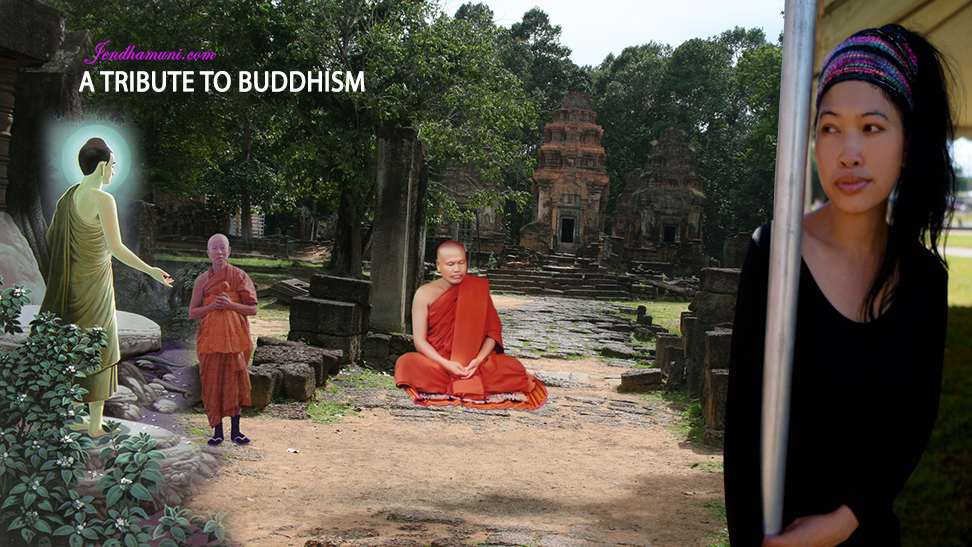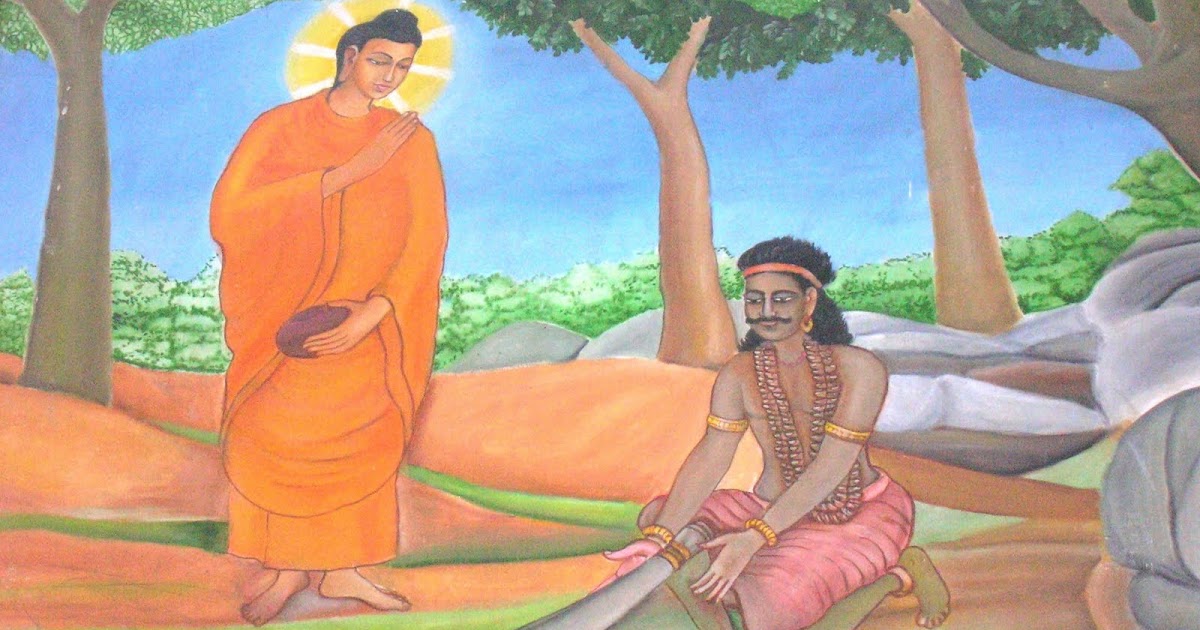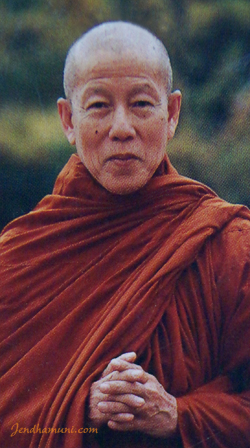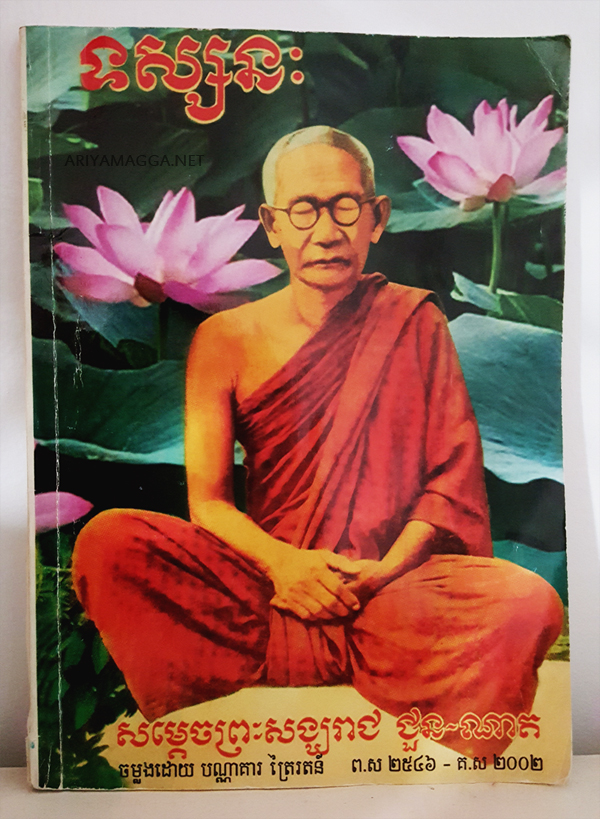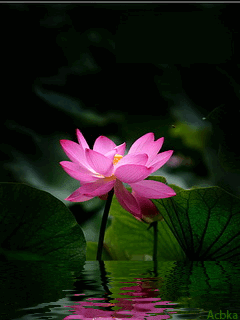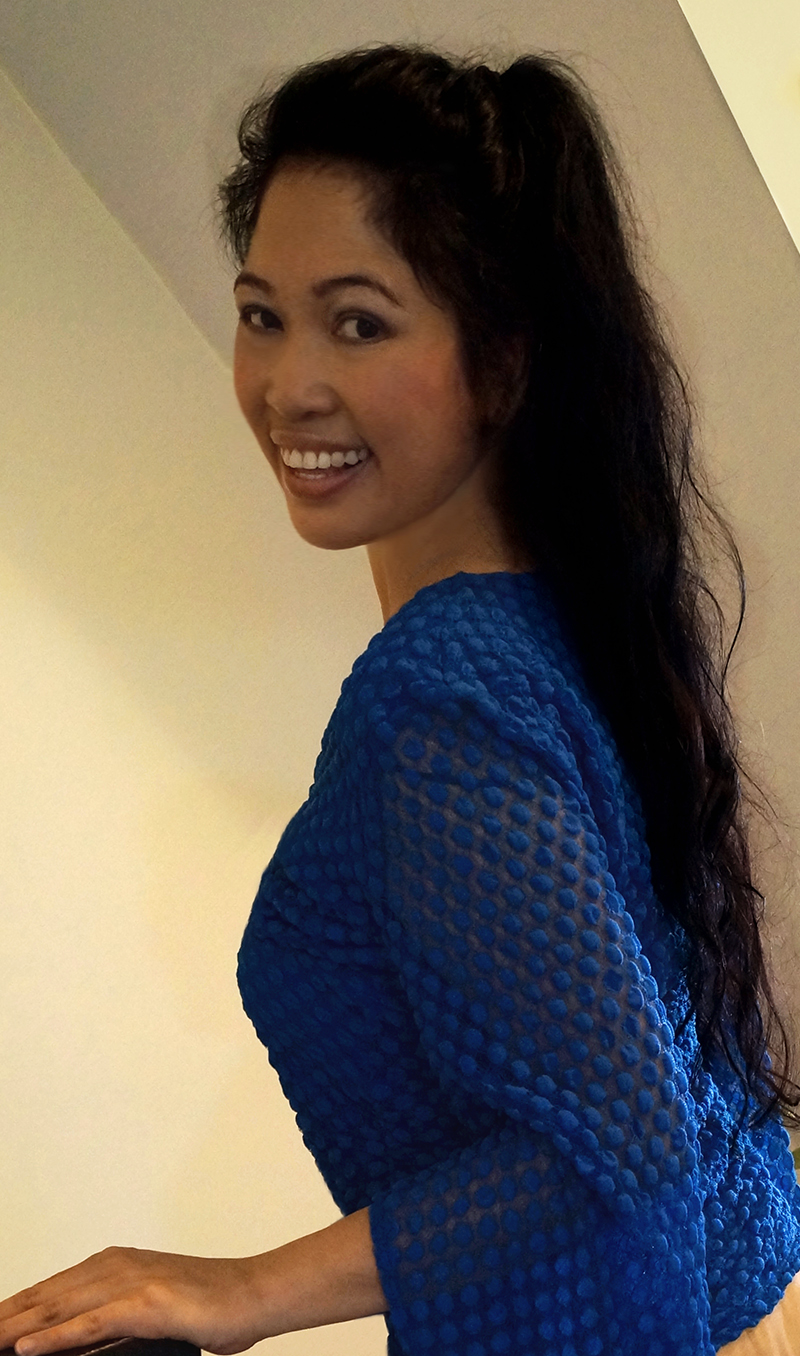-
Comment May 7, 2016
-
Be grateful always
Comment May 5, 2016 -
The future Buddha made the great struggle
Comment May 5, 201611. The future Buddha made the great struggle and his body became emaciated
Having become a monk, the Future Buddha sought for teachers and found two renowned Brahmin teachers, Alara Kalarma and Uddaka Ramaputta. He acquired from them the method of meditation leading only to mundane superhuman power. But not satisfied with it, he ceased to practise it. And being desirous of attaining Enlightenment he continued his search and went to Uruvela grove. He entered Senani village and begged for his food from house to house and ate his meal. He thought to himself that having to go on a begging round for food in itself was a hindrance to his ascetic practices and began to practise the Great Struggle. The Great Struggle is an austere practice which is beyond human endurance of an average person. He tried various plans such as, abstaining from rice meal and living on fruits which dropped from trees, then on fruits which dropped from the tree under which he sat, then living on one fruit, one sesamum seed or one grain of rice a day. By this lack of nourishment his body was reduced to skin and bones and lost its golden colour and became dry and black.
THE ILLUSTRATED HISTORY OF BUDDHISM
by ASHIN JANAKA BHIVAMSA (Aggamahapandita)
Artist: U Ba Kyi | Link to this post -
Dripping water can penetrate stone
Comment May 5, 2016 -
Meditation
Comment May 4, 2016by Ajahn Chah
Seekers of goodness who have gathered here please listen in peace. Listening to the Dhamma in peace means to listen with a one-pointed mind, paying attention to what you hear and then letting go. Listening to the Dhamma is of great benefit. While listening to the Dhamma we are encouraged to firmly establish both body and mind in samadhi, because it is one kind of dhamma practice. In the time of the Buddha people listened to Dhamma talks intently, with a mind aspiring to real understanding, and some actually realized the Dhamma while listening.
This place is well suited to meditation practice. Having stayed here a couple of nights I can see that it is an important place. On the external level it is already peaceful, all that remains is the internal level, your hearts and minds. So I ask all of you to make an effort to pay attention.
Why have you gathered here to practice meditation? It’s because your hearts and minds do not understand what should be understood. In other words, you don’t truly know how things are, or what is what. You don’t know what is wrong and what is right, what it is that brings you suffering and causes you to doubt. So first you have to make yourselves calm. The reason that you have come here to develop calm and restraint is that your hearts and minds are not at ease. Your minds are not calm, not restrained. They are swayed by doubting and agitation. This is why you have come here today and are now listening to the Dhamma.
I would like you to concentrate and listen carefully to what I say, and I ask permission to speak frankly because that’s how I am. Please understand that even if I do speak in a forceful manner, I am doing so out of good will. I ask your forgiveness if there is anything I say that upsets you, because the customs of Thailand and those of the West are not the same. Actually, speaking a little forcefully can be good because it helps to stir people up who might otherwise be sleepy or drowsy, and rather than rousing themselves to hear the Dhamma allow themselves to drift instead into complacency and as a result never understand anything. Continue reading
-
If you reflect in this way
Comment May 4, 2016Don’t think that only sitting with the eyes closed is practice. If you do think this way, then quickly change your thinking. Steady practice is keeping mindful in every posture, whether sitting, walking, standing or lying down.
When coming out of sitting, don’t think that you’re coming out of meditation, but that you are only changing postures.
If you reflect in this way, you will have peace. Wherever you are, you will have this attitude of practice with you constantly. You will have a steady awareness within yourself.
The heart of the path is quite easy. There’s no need to explain anything at length. Let go of like and dislike and let things be. That’s all that I do in my own practice. ~Ajahn Chah
-
King Bimbisara offering all his kingly glory
Comment May 4, 201610. King Bimbisara offering all his kingly glory
Now the Future Buddha, having thus retired from the world and become an ascetic for about 7 days, entered the city of Rajagaha and begged for food from house to house. By the beauty of the Future Buddha the whole city was thrown into a commotion as he was a distinct contrast to the usual type of ascetics of those days, who were old and shabby in appearance. The Future Buddha being then only 29 years of age and bearing all the signs of a Universal Monarch naturally became an object of admiration and wonder.
Now the Great Being having collected some food for his sustenance went to the shade of Pandava rock and ate his meal. Thereupon, Bimbisara, the King, approached the Future Buddha, and being pleased with his princely deportment and appearance offered him all his kingly glory. “Great King”, replied the Future Buddha, “I do not seek for the gratification of my senses or my passions, but have retired from the world for the sake of the supreme and absolute enlightenment of a Buddha”.
“Verily”, said the King ,when his repeated offers had all been refused, “you are sure to become a Buddha; but when that happens your first journey will be to my KingdomTHE ILLUSTRATED HISTORY OF BUDDHISM
by ASHIN JANAKA BHIVAMSA (Aggamahapandita)
Artist: U Ba Kyi | Link to this post -
Buddhist prayer ធម៌នមស្ការ
Comment May 4, 2016Buddhist prayer ធម៌នមស្ការ and taking eight precepts by His Holiness Vajirapanno Huot Tat. His Holiness Vajirapanno Huot Tat is the last Supreme Buddhist Patriarch of Cambodia before the 1975 take over by communist Cambodian forces. He is the best friend of the late and renowned H.H. the Great Dr. Jotannano Chuon Nath. Audio courtesy Ven. Pannapadipo Sophal Pat
-
One who is Awakened…
Comment May 4, 2016 -
Know from the rivers
Comment May 3, 2016

